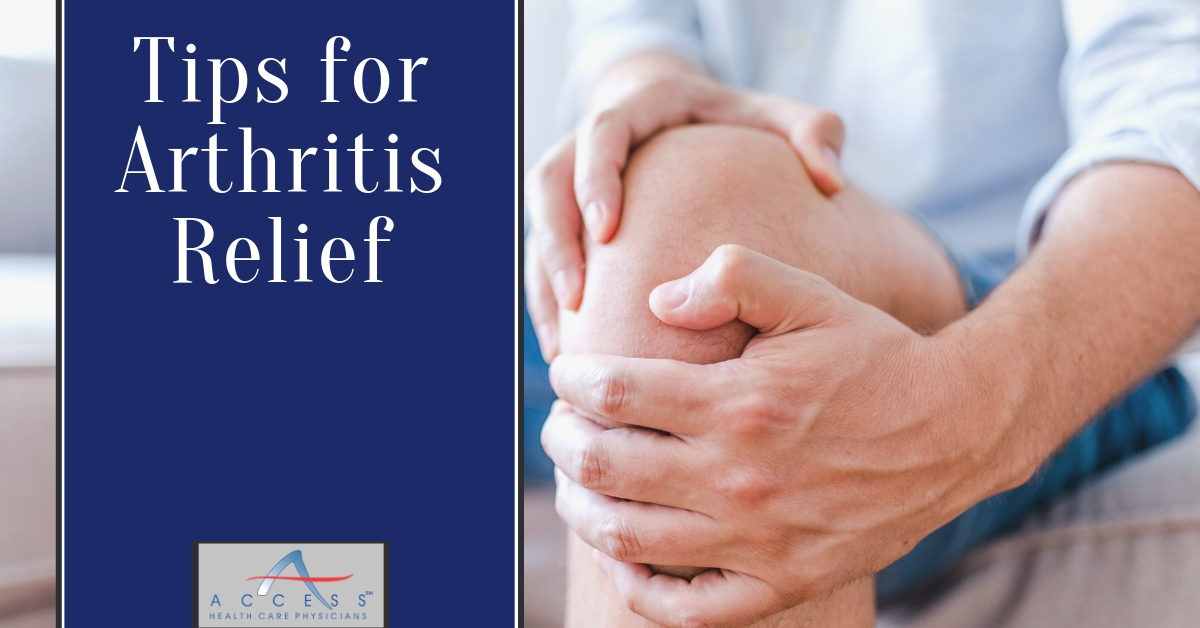Arthritis is a term used to describe more than 100 conditions that affect the body’s joints, the tissues surrounding the joints and other connective tissues. According to the Centers for Disease Control and Prevention (CDC), more than 54 million adults in the US have been diagnosed with a form of arthritis.
Symptoms of arthritis commonly include pain, stiffness, inflammation and reduced movement.
The two most common forms of arthritis are:
- Osteoarthritis – This form of arthritis is typically caused by overuse. The cartilage between the bones breaks down, which causes the two bones to rub together. It is estimated to affect more than 30 million people in the US.
- Rheumatoid – This is a long term and progressive autoimmune disease. Typically, RA affects the hands and the feet first, but it can affect any joint in the body. It will usually occur in the same joint on both sides of the body. It is estimated that 1.3 million people in the US have Rheumatoid arthritis.
Common Treatment Options
- Medications – Both prescription and OTC medications may help in pain and discomfort of arthritis.
-
- NSAIDs (nonsteroidal anti-inflammatory drugs.) These include ibuprofen (Advil) and naproxen (Aleve).
- Analgesics – These include oral and topical. The oral form is acetaminophen (Tylenol) and the topical include breams, gels and patches.
- Corticosteroids – These are oral prescription medications or available as an injection given directly into the joint.
- DMARDs (disease-modifying anti-rheumatic drugs) – These prescription medications are used to help slow the progression of rheumatoid arthritis.
- Splits and joint aids.
- Physical or occupational therapy.
- Surgery – This may include more simple procedures such as arthroscopy to more complicated surgeries including total joint replacement.
Natural Treatment Options
- Weight Management – Extra body weight can cause many health complications. According to the Arthritis Foundation, each extra pound of bodyweight equates to 3 pounds of pressure on the knees and 6 pounds of added stress on joints in the hips. This pressure on the joints causes the cartilage between the bones to break down faster, which causes increased symptoms.
- Exercise – Other than the benefit of losing weight, low-impact exercises can help maintain flexibility. Weight-bearing exercises can further damage joints. A few good choices for low impact exercises include:
- Swimming – Perhaps the most refreshing form of exercise in the Florida heat, swimming can be very good for you. A 2015 study showed that swimming resulted in reduced body fat, improved coordination, improved range of motion and quality of life. It is recommended to aim for approximately 40-60 minutes of aquatic exercise every week for the best possibility of ongoing arthritis-related pain relief.
- Tai Chi – 2013 research study showed that osteoarthritis patients that participated in 12 weeks of tai chi experienced benefits including reduced stiffness, increased overall function and reduced pain. Tai Chi can be enjoyed outdoors or indoors and even sitting down.
- Yoga – This form of exercise has been shown to relieve chronic pain. Try finding classes that specifically focus on creating correct anatomical alignment. Some classes even offer chair yoga and modified movements using props to make alignment more comfortable and effective.
- Hot/Cold Therapy – Using temperature therapy may include baths, heating pads and gel ice packs. Heat and cold offer different effects on arthritis.
- Heat – boosts circulation, soothes stiff joints and comforts aching muscles.
- Cold – slows circulation which helps to reduce swelling and can temporarily numb pain.
- Acupuncture - An ancient Chinese medical treatment, acupuncture involves inserting needles into specific points on the body. This process is believed to reroute energies and restore balance to the body. Talk to your doctor about local recommended acupuncturists that have experience treating arthritis if you are interested in this form of treatment.
- Massage – According to the arthritis foundation, regular massage can reduce stiffness and pain in the joints. A physical therapist can help teach self-massage techniques that can be used daily to help with pain and stiffness. Ask your doctor for a recommendation of a therapist that has experience with arthritis-related pain.
- Foods – There are many dietary choices that may also help support a lifestyle that helps to reduce pain, stiffness and inflammation. Here are just a few examples.
- Turmeric – This bright yellow spice contains a chemical called curcumin. This is known to help reduce pain and helps reduce overall inflammation.
- Omega 3 Fatty acids – These good-for-you fatty acids are beneficial for overall health. They also help reduce pain and stiffness in the joints.
- Anti-inflammatory Diet – This eating plan offers many choices that are good for reducing inflammation. Click here to read all about the Anti-Inflammatory Diet.
Arthritis pain can interfere with everyday life. However, with help from your doctor along with a few natural lifestyle changes, the pain, stiffness and inflammation may be reduced.
To make sure you don’t miss another great article, be sure to “like” and follow us on Facebook, Instagram and check our Blog page often.
Written by: S. Campbell for Access Health Care Physicians, LLC


